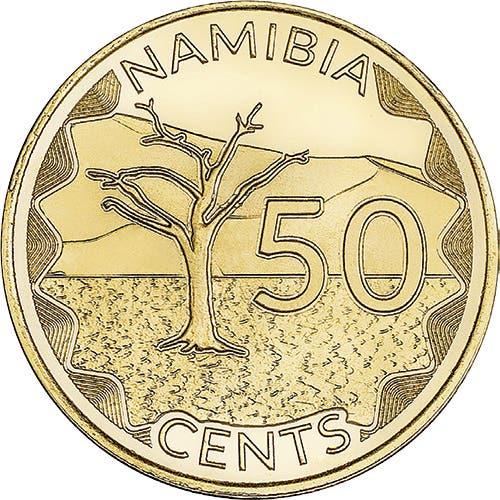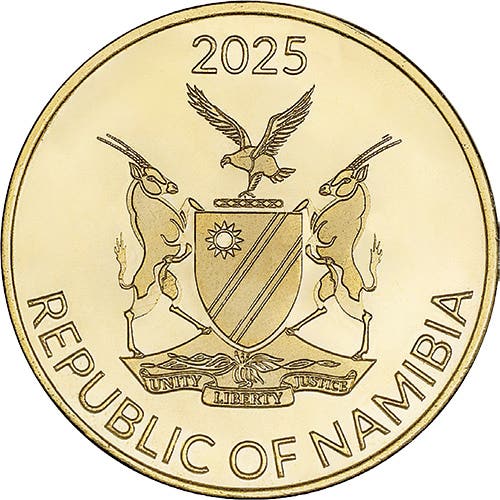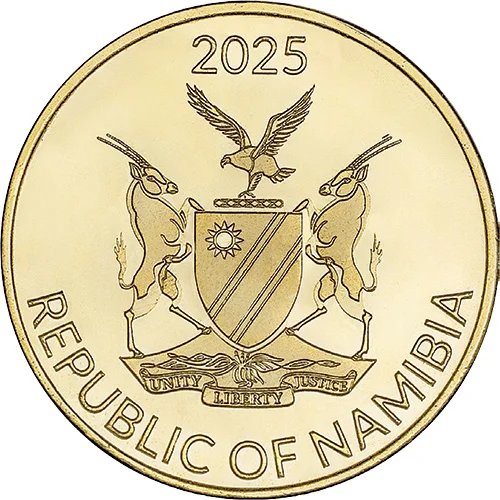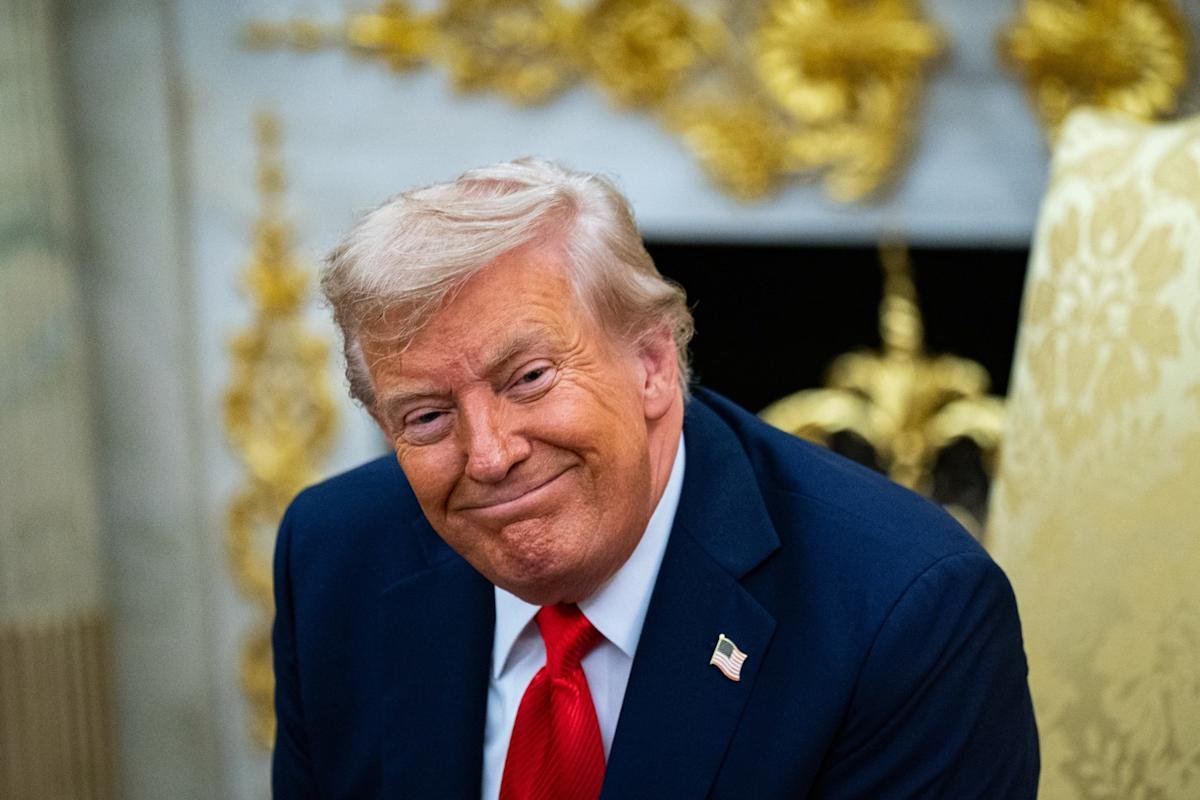

While some of the financial systems in the world’s strongest economies are being tested by non-sovereign substitutes for true currency, other, more economically challenged countries continue to appreciate and take pride in their currency systems.
In July, Namibia introduced its newly updated coins and bank notes under the theme “Our Currency, Our Heritage, Our Pride—Meet the Next Generation of the Namibia Dollar.” The new series celebrates continuity and innovation in the evolution of Namibian currency.
In his speech given at the unveiling of the new currency, the Governor of the Bank of Namibia, Johannes !Gawaxab reflected, “Currency is more than a medium of exchange. It is a declaration of confidence. A statement of sovereignty. A visible, tangible symbol of a people’s identity, history, and aspirations. It tells our story to ourselves and the world. And with this new series, we are declaring that Namibia is bold, secure, and ready for the future.”
In her speech at the event, Namibia’s President, Dr. Netumbo Nandi-Ndaitwah, said, “When the Namibia dollar was first launched in 1993, it marked a defining moment in our journey towards self-determination and the assertion of our own distinct national identity. The launch of this new series is not just a matter of updating our money; it is a statement of confidence in our economy and a reaffirmation of our sovereignty. These coins and notes are designed not just for durability but for identity, ensuring that every Namibian sees their story reflected in the money they hold. In their design, we see our past, present, and the promise of a dynamic, forward-looking Namibia.”
Namibia is one of the least populated countries in the world, with tourism playing a major role in its economy, accounting for 14.5% of the Gross National Product and employing 18.2% of its population. It is a great example of a relatively young independent nation that appreciates its independence. In 1485, the Portuguese explored part of the region but didn’t colonize it. During the late 18th century, nomadic tribes were slowly displaced by the Oorlam people, accompanied by missionaries from the Cape Colony.
What is now Namibia was Deutsch-Südwestafrika or German Southwest Africa in 1884. This was the site of the first genocide of the 20th century, where the Germans systematically killed half the Nama and 80% of the Herero tribal members. Southwest Africa then came under the control of South Africa via a League of Nations mandate following Germany’s defeat in World War I, where it imposed the same apartheid racial segregation policy on the local population as was customary in its country. A 1969 United Nations Security Council resolution declared South Africa’s occupation of Namibia to be illegal and recognized the region as an independent nation as it is known today.
Namibia continued to use the South African rand as its official currency until 1990. The Namibia dollar remains on par with and is legal tender alongside the rand. However, in 1990, Namibia joined the Common Monetary Area (CMA), a monetary union that links Namibia with Eswatini, Lesotho, and South Africa. In late 1993, Namibia finally issued its own coins and bank notes for the first time, making Namibia’s currency one of the newest national currencies in the world. Today, Namibia issues coins in denominations of 5, 10, and 50 cents and N$1 and N$5. Bank notes are issued in denominations of N$10, $N20, N$30, N$50, N$60, N$100, and N$200.







